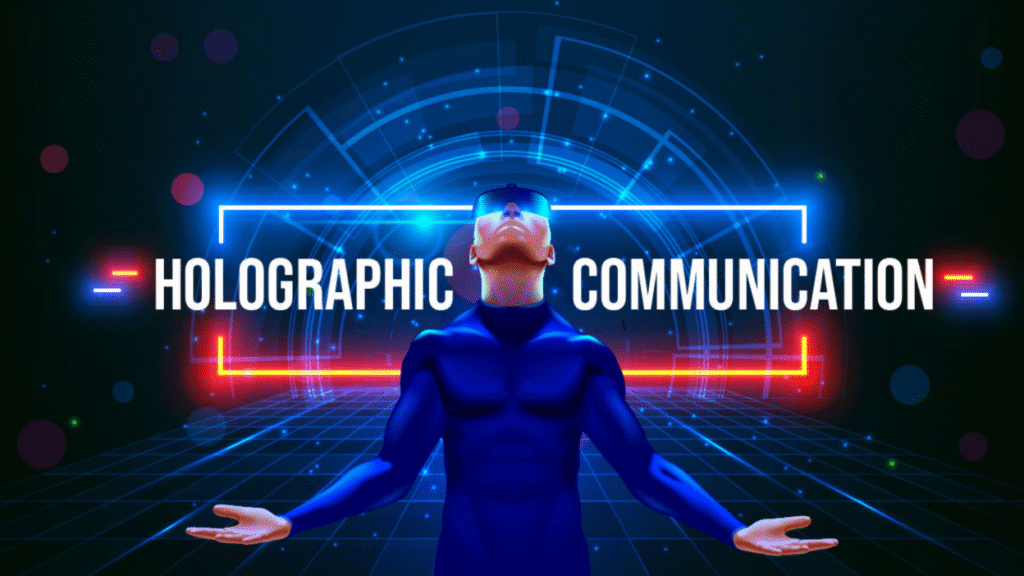Holographic communication is swiftly emerging as a transformative leap in Internet technology, reshaping how people connect, collaborate, and experience virtual presence. Unlike traditional 2D video calls, it enables real-time three-dimensional projections of people and objects, capturing depth, spatial awareness, and nonverbal cues that make interactions feel lifelike.
With advancements in optics, artificial intelligence, and ultra-fast networking, this innovation is hailed as the foundation of the next Internet revolution. Recent breakthroughs in holographic display technology allow realistic holograms using compact optical components instead of bulky headsets, while processors can convert 2D video into 3D holograms with minimal latency. Combined with 5G and emerging 6G networks, these developments enable near-instantaneous data transfer, essential for holographic communication. Research states that the global holographic display market is projected to grow at a compound annual growth rate of 25.2% between 2025 and 2035, highlighting commercial momentum driving adoption.
Globally, the impact spans education, healthcare, business, and entertainment. Classrooms could host immersive lectures with teachers appearing as lifelike holograms from across the world. Surgeons could collaborate virtually through holographic projections during procedures, while enterprises could conduct meetings with remote participants appearing as full-scale 3D presences. Companies like Proto have introduced “holoportation” systems, and Ericsson has tested holographic calling over 5G networks. In entertainment, concerts could feature artists performing holographically across multiple venues, expanding access to experiences.
Despite its promise, holographic communication faces challenges. It requires enormous data capacity, robust edge computing, and solutions for interoperability and privacy. In India, the technology is gaining traction, with firms experimenting with holographic displays for retail, marketing, and hybrid events. Developers are building 5G and AR-powered holographic apps, while cities like Delhi, Mumbai, and Bengaluru advance infrastructure. Initiatives such as the National Quantum Mission could accelerate adoption, positioning India to participate in this global leap.
The potential of holographic communication to reshape interaction is immense. By enabling immersive, spatial experiences that mimic physical presence, it promises to redefine the Internet. The next Internet revolution may no longer be confined to screens but experienced in full three-dimensional reality.
SOURCES:
- https://www.futuremarketinsights.com/reports/holographic-display-market
- https://www.ericsson.com/en/about-us/new-world-of-possibilities/imagine-possible-perspectives/holographic-communication
- https://scintillationresearch.com/holographic-communication-bringing-people-closer-beyond-screens/
- https://newatlas.com/telecommunications/proto-epic-gallaudet-american-sign-language/
- https://www.vision3d.in/blog/hologram-companies-india-marketing/

